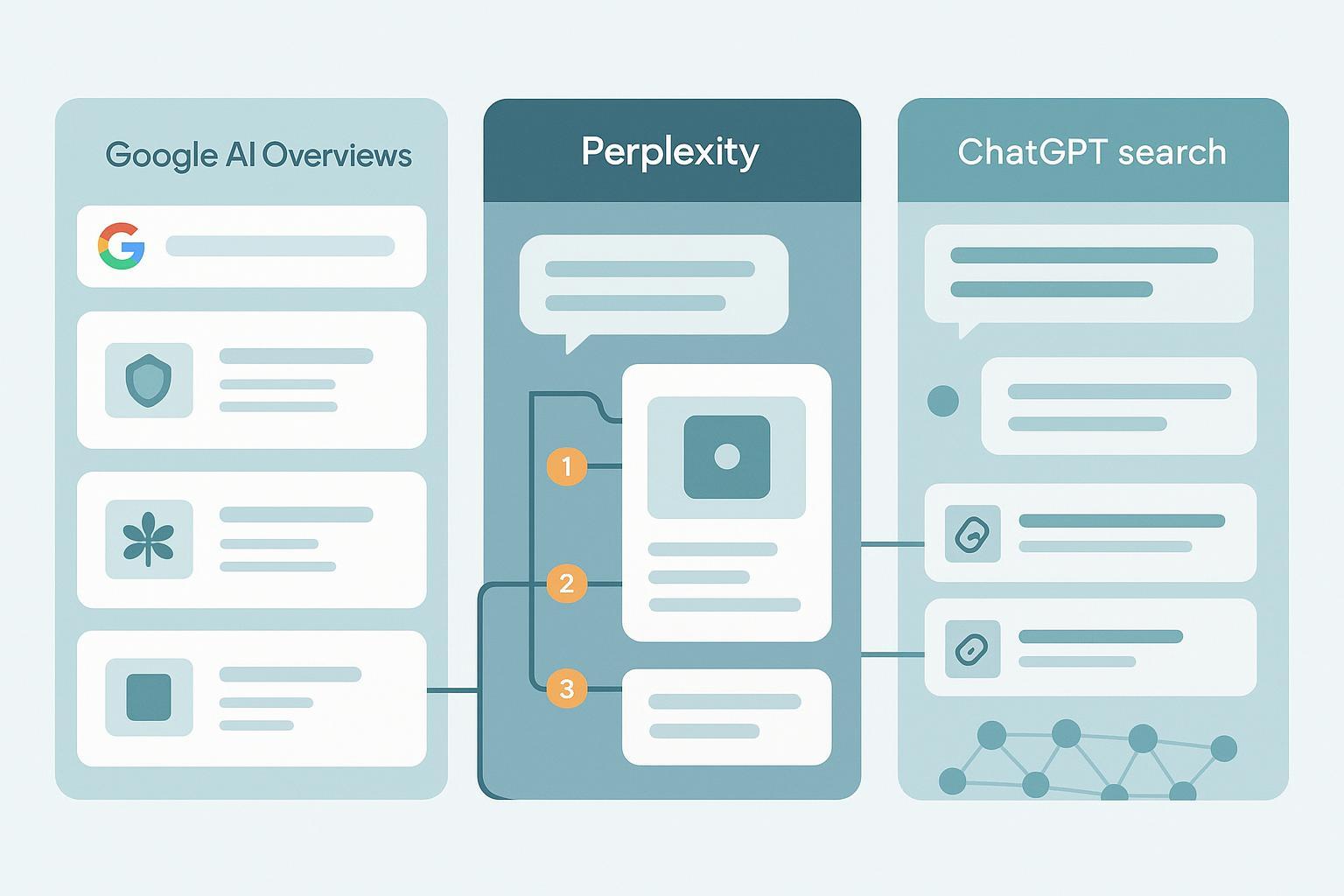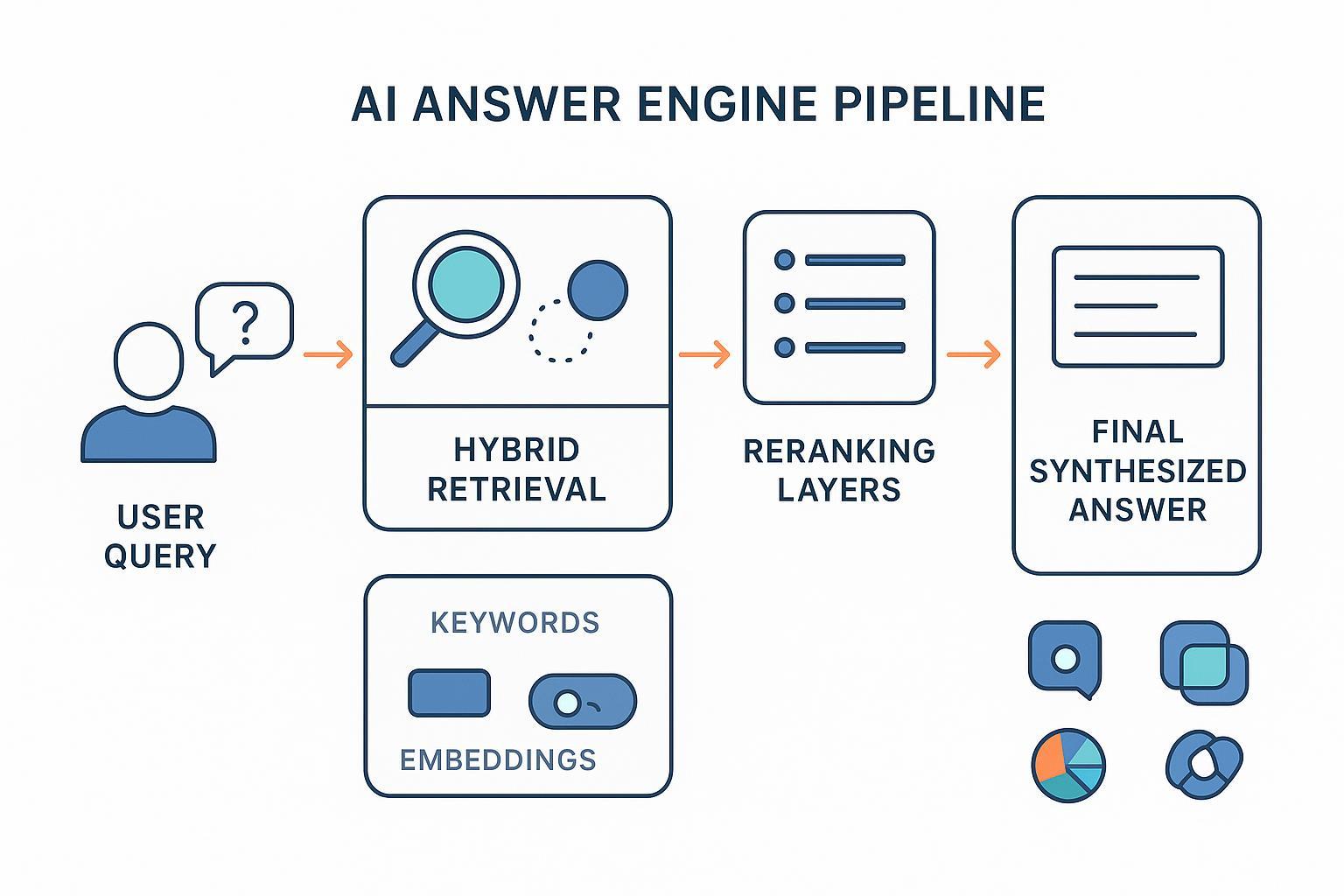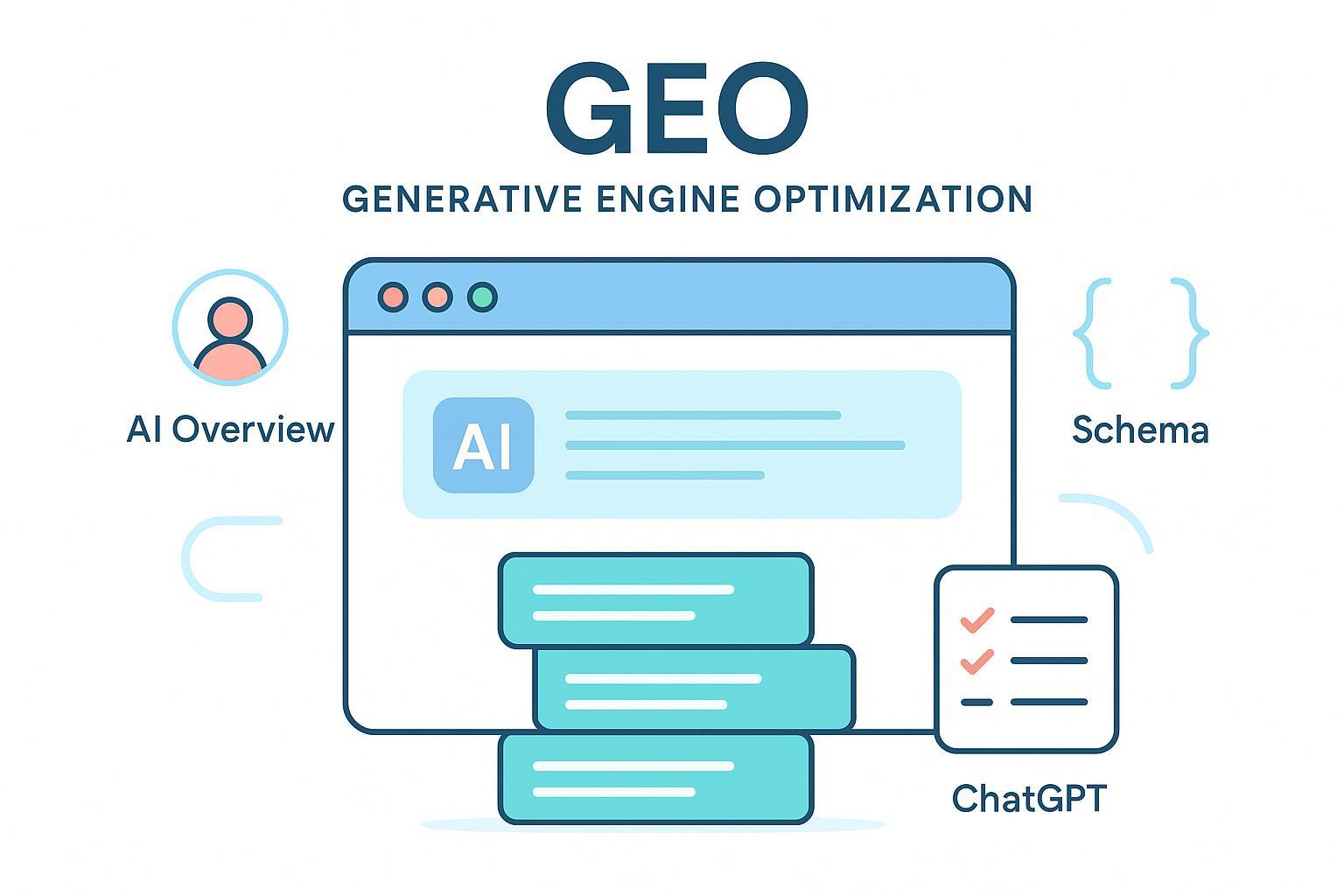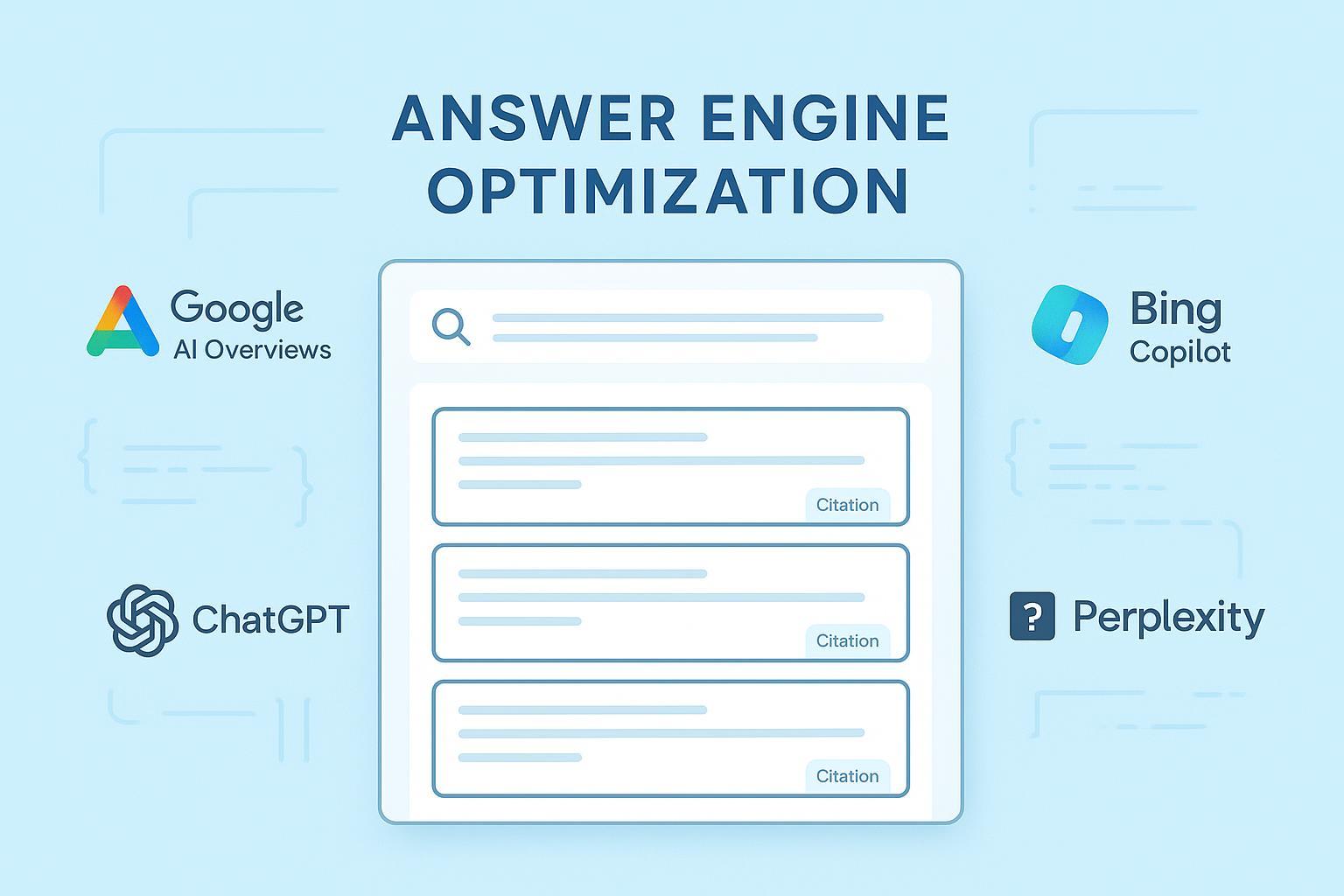What is Entity-Based SEO? Entity-Based SEO Definition, Key Concepts & Applications
Discover what Entity-Based SEO is, how it differs from traditional keyword SEO, and why it's essential for AI search visibility. Learn the definition, core components like knowledge graphs and schema markup, real-world applications, and how tools like Geneo help brands optimize for modern search engines.

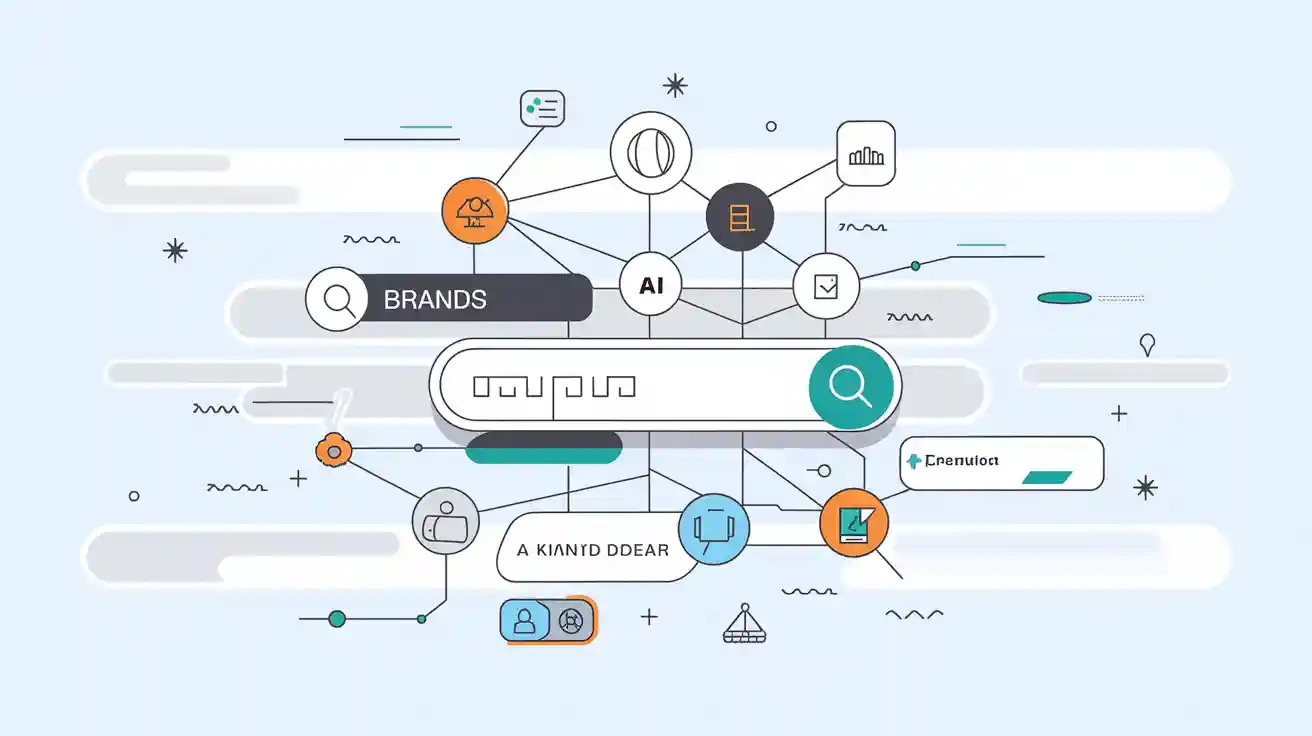
One-Sentence Definition
Entity-Based SEO is an approach to search engine optimization that focuses on optimizing content and website structure around entities—unique, well-defined, and distinguishable things or concepts—rather than just keywords, enabling search engines to better understand meaning, context, and relationships for improved visibility.
Detailed Explanation
Traditional SEO has long centered on keywords, but as search engines have evolved, so has the need for more semantic understanding. Entity-Based SEO shifts the focus from mere keyword matching to the identification and optimization of entities—such as brands, products, people, places, or abstract concepts—within your content. Search engines like Google use advanced natural language processing (NLP), machine learning, and knowledge graphs to recognize these entities and their relationships, allowing them to deliver more relevant, context-aware results.
Entities are the building blocks of knowledge graphs, which map the connections between different concepts on the web. By using structured data (like schema markup), websites can explicitly define these entities and their attributes, making it easier for search engines to disambiguate meaning and connect related information. This approach is especially crucial in the era of AI-powered search, voice assistants, and answer engines, where understanding user intent and context is paramount (Keyword.com, ThatWare).
Key Components of Entity-Based SEO
Entity Recognition & Audit: Identify the core entities relevant to your brand, products, or content.
Knowledge Graphs: Build and connect entities using structured data, mapping their relationships for search engines.
Schema Markup: Implement JSON-LD or other schema formats to define entity types, properties, and relationships.
Semantic Content Clusters: Organize content around entities and their related topics to establish authority and context.
Internal Linking & Semantic Anchors: Use descriptive anchor text and internal links to reinforce entity relationships.
AI Search Monitoring: Track how your entities appear in AI search results, knowledge panels, and answer engines.
Real-World Applications
Entity-Based SEO is foundational for modern digital marketing, especially as AI-driven search and answer engines (like ChatGPT, Perplexity, and Google AI Overview) become more prevalent. For example:
Brand Visibility: By optimizing for entities, brands can appear in knowledge panels, AI-generated answers, and voice search results, even when users don’t mention the brand name directly.
E-commerce & B2B: FAQ schema and product knowledge graphs help e-commerce sites get featured in AI search recommendations, driving higher click-through and conversion rates.
SaaS & Enterprise: Platforms like Geneo enable businesses to monitor their brand entities across multiple AI search engines, automate schema markup, and receive actionable content suggestions. Geneo’s features—such as AI-powered entity recognition, schema recommendations, and real-time AI search monitoring—help brands improve their entity visibility and authority in both traditional and AI-driven search environments.
Related Concepts
Keyword SEO: Focuses on optimizing for specific words or phrases; still important, but now works in tandem with entity optimization.
Semantic Search: Search engines interpret the meaning and intent behind queries, not just the literal keywords.
Knowledge Graph: A structured network of entities and their relationships, powering features like Google’s Knowledge Panel.
Schema Markup: Structured data that helps search engines understand the type and context of content.
AEO (Answer Engine Optimization): Optimizing content for AI-powered answer engines and chatbots.
GEO (Generative Engine Optimization): Strategies for ensuring brand visibility in generative AI search results.
Visual Aid:
Aspect
Keyword SEO
Entity-Based SEO
Focus
Words/Phrases
Entities & Relationships
Search Engine Method
String Matching
Semantic Understanding
Optimization Target
Keyword Density
Context & Structure
Example
“Best running shoes”
“Nike” (brand entity), “Running” (activity entity)
Conclusion & Next Steps
Entity-Based SEO is essential for brands aiming to thrive in the age of AI search and semantic web. By focusing on entities, structured data, and knowledge graphs, you can future-proof your SEO strategy and maximize your brand’s visibility across both traditional and AI-powered search platforms.
Ready to boost your brand’s AI search visibility? Try Geneo for real-time entity monitoring, schema automation, and actionable SEO insights. Start your free trial today!

